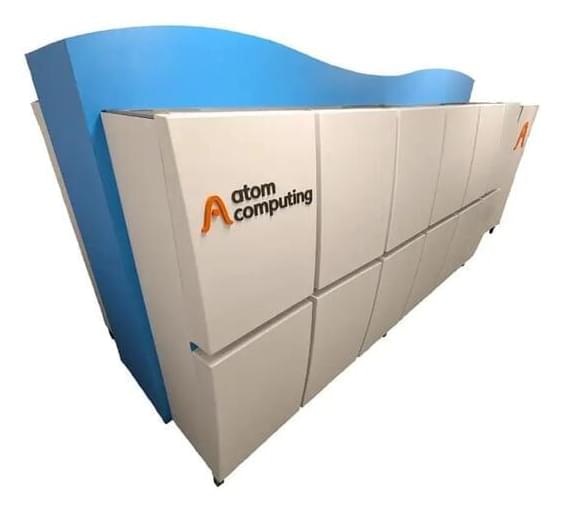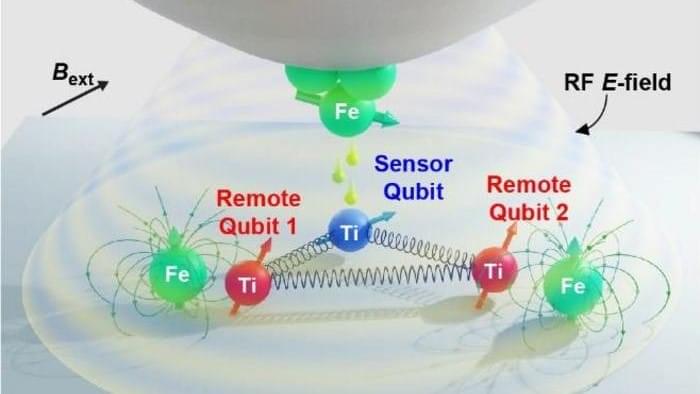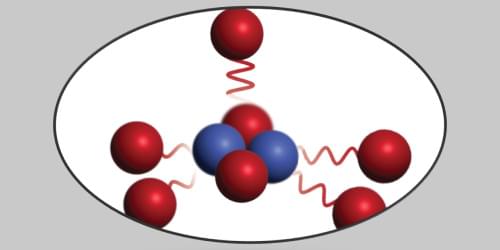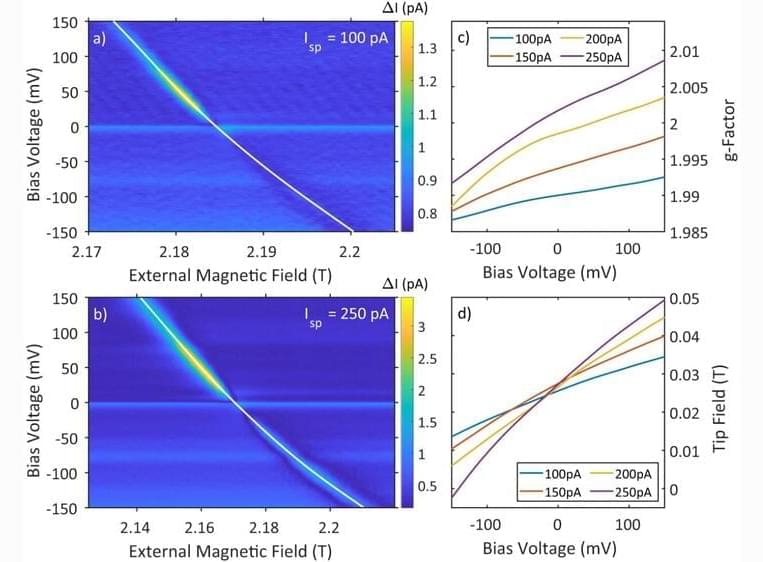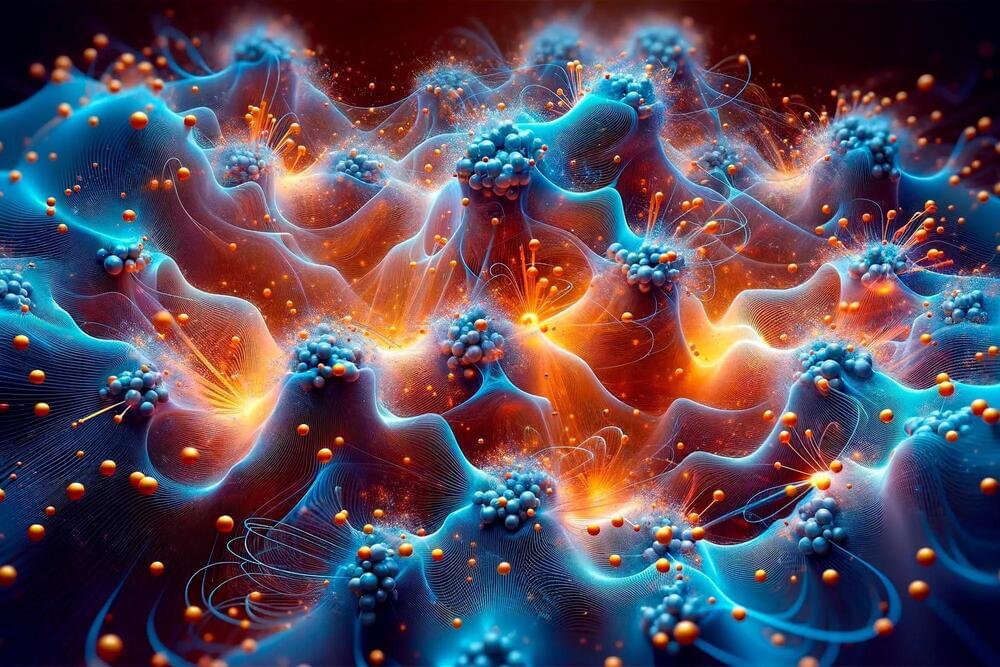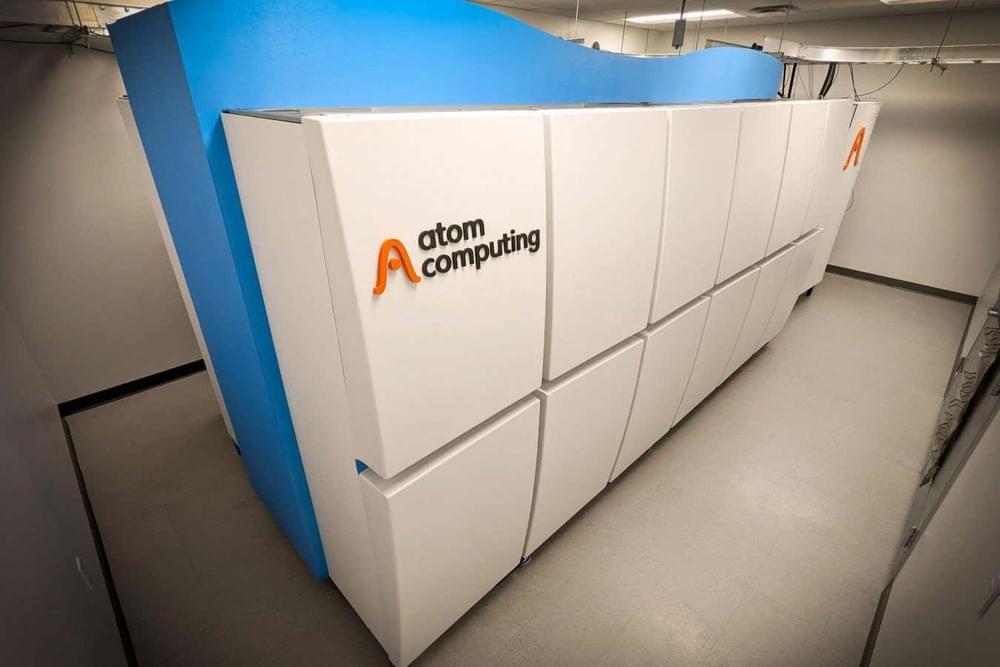A German-French research team led by Bayreuth microbiologist Dirk Schüler presents new findings on the functionality of proteins in magnetic bacteria in the journal mBio. The research is based on previous results published recently in the same journal.
In this study, the Bayreuth scientists used bacteria of the species Magnetospirillum gryphiswaldense to decipher the function of genes that are presumably involved in the biosynthesis of magnetosomes in other magnetic bacteria that are difficult to access.
Magnetic bacteria contain magnetic particles consisting of nanocrystals of an iron mineral inside their cells. These organelle-like particles are known in research as magnetosomes. Like links in a chain, well over 20 of these particles are regularly lined up one after the other. The magnetic moments of the individual crystals add up so that the chain—similar to a compass needle—has the function of a magnetic sensor: It aligns the bacterial cell in the relatively weak magnetic field of the Earth.

